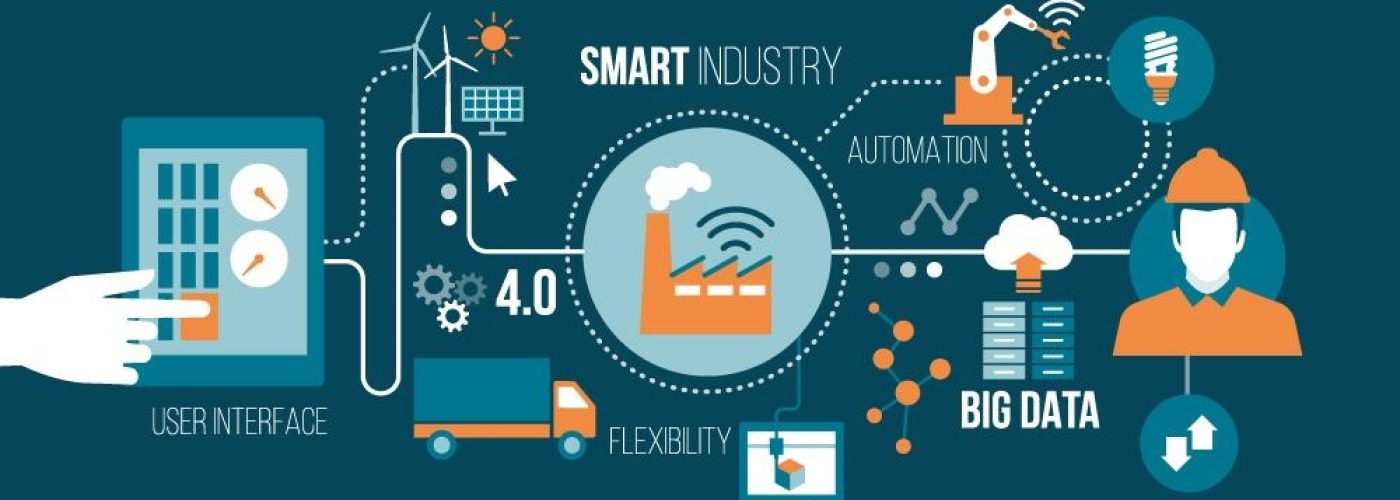With productivity in the construction sector lagging other sectors, there are hopes that the continued advancement of the fourth industrial revolution (also known as industry 4.0) will spur on innovation and bring forward opportunities to improve efficiency. But is the industry ready for the changes this will inevitably bring?
Recent research by Mace has revealed that the construction sector has failed to keep pace with productivity improvements seen in the manufacturing sector over the last 20 years. As a result, the economy has lost out to the tune of around £100bn. This productivity shortfall is making it harder for businesses in the sector to drive profitability.
Among the key challenges, is a lengthy period of underinvestment in innovation, digitisation and capital, which has prevented businesses from embracing technological changes.
To address this, construction companies must refocus on innovation and invest in finding ways to apply advancing technologies such as 3D printing, artificial intelligence and augmented reality. In fact, innovation activity is already underway globally in areas such as materials science, nanotechnology and robotics with the potential to transform construction methods for housing and infrastructure projects.
Among these new innovations is a bricklaying robot, developed by US company Construction Robotics. Protected by a patent in the US, this technology is capable of laying up to 300 bricks per hour, and has recently been made available in the UK, as part of a distributor agreement. It is designed to operate alongside a human mason; assisting with the repetitive and strenuous elements of the task to improve the efficiency of the process.
This technology could bring significant productivity gains for many businesses. However, unless construction sector leaders are willing to make the strategic investment necessary to introduce such capabilities, they will not be realised.
Another example of innovation within the construction sector, which is patent pending in Europe, is a process for producing a titanium load-bearing structure. Drawing on recent developments in additive manufacturing, this process uses a cold gas to spray titanium particles onto a support member to form a load-bearing structure. This new technological process eliminates intermediate processing steps such as melting, rolling and welding, which may otherwise be needed to produce such a structure.
Technological advances are gaining momentum, bringing with them important opportunities to improve productivity and increase margins in an intensely competitive industry. By protecting their intellectual property and investing to license technologies where necessary, businesses in the sector can make sure they are ahead of the pack as the fourth industrial revolution gets underway.
For reference: Moving to Industry 4.0: https://www.macegroup.com/perspectives/171027-moving-to-industry-40
By Dave Croston, partner and patent attorney at intellectual property firm, Withers & Rogers. Dave specialises in advising innovators in the advanced engineering sector on how to protect their inventions.





